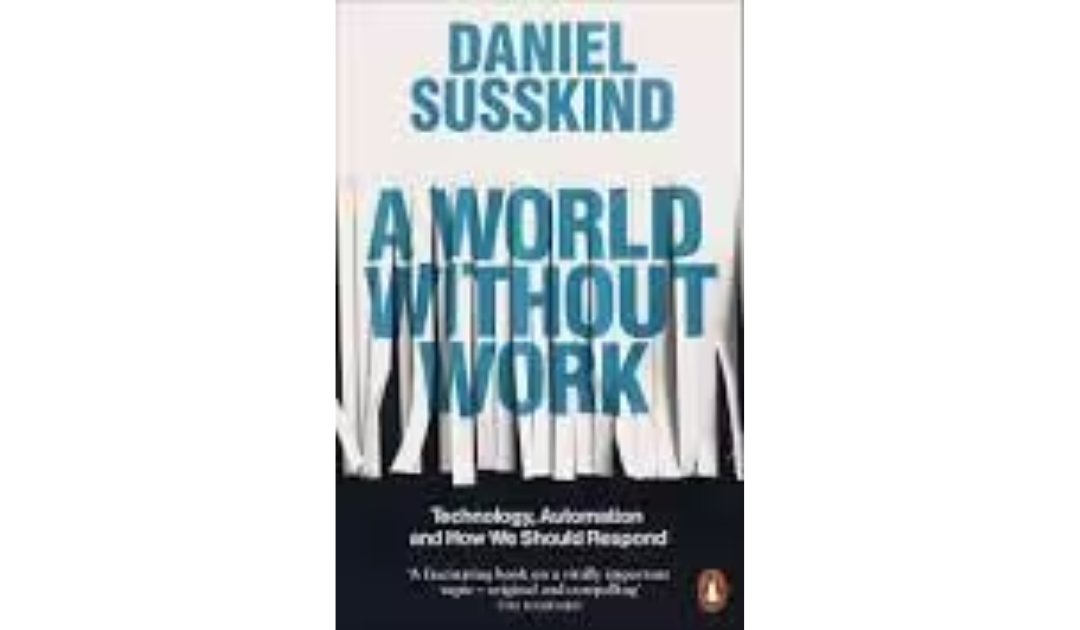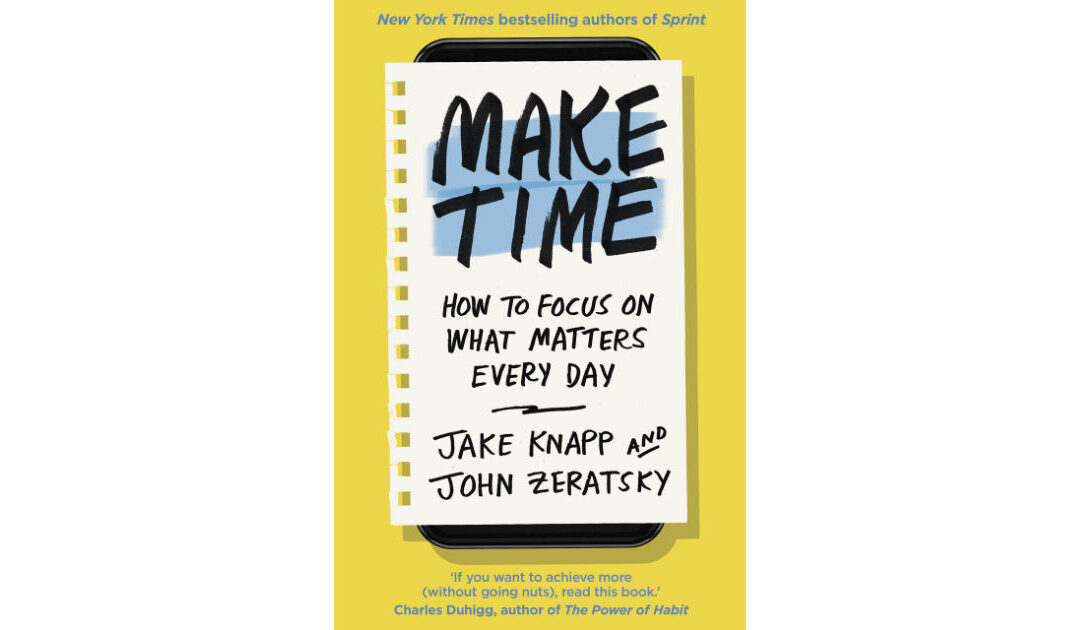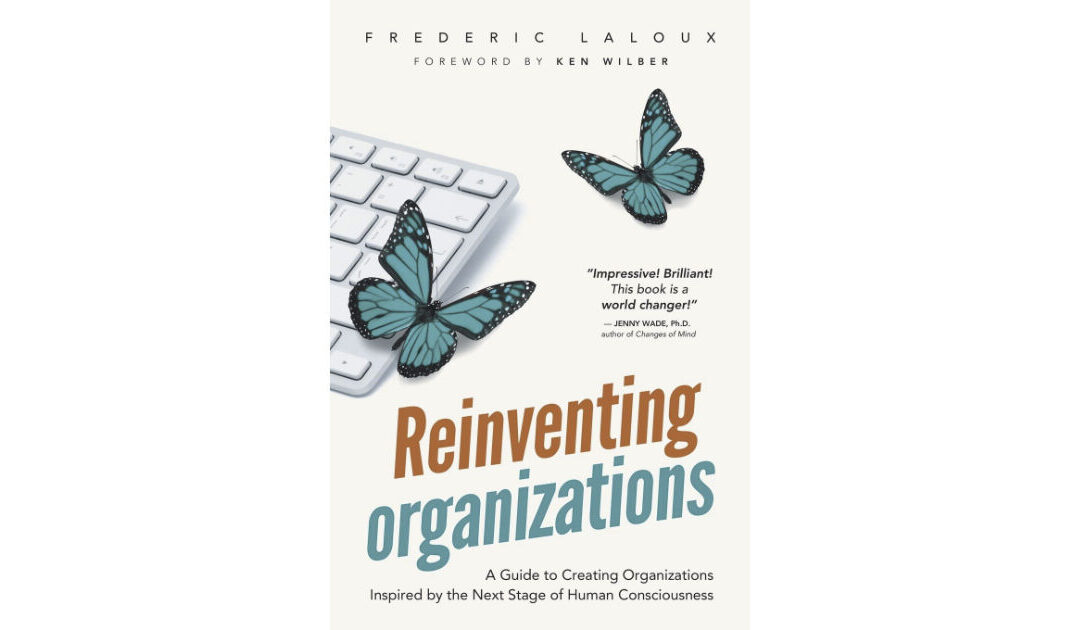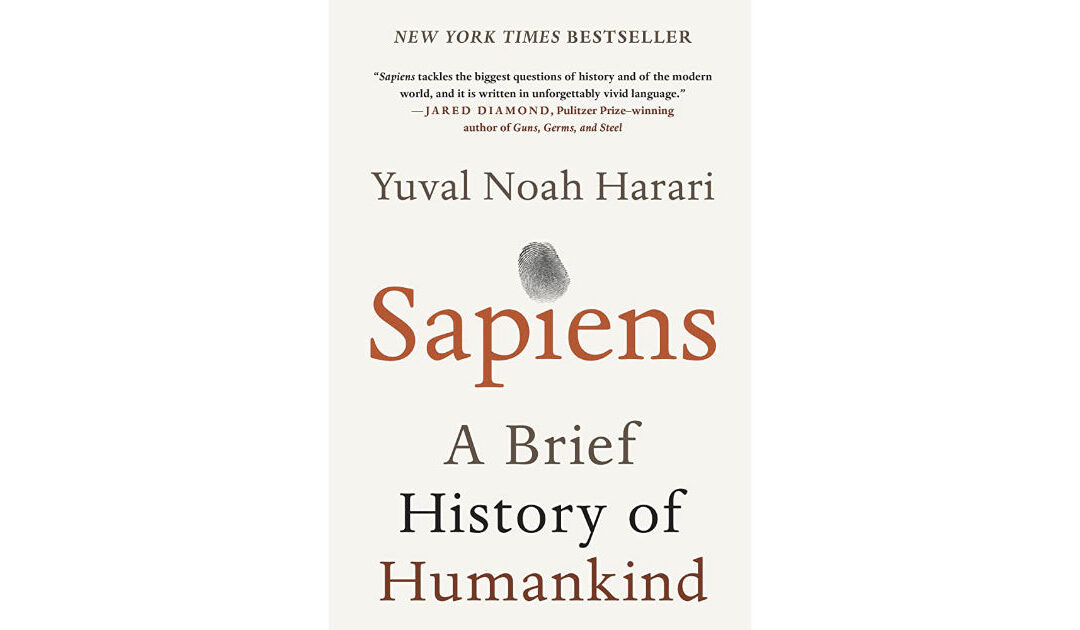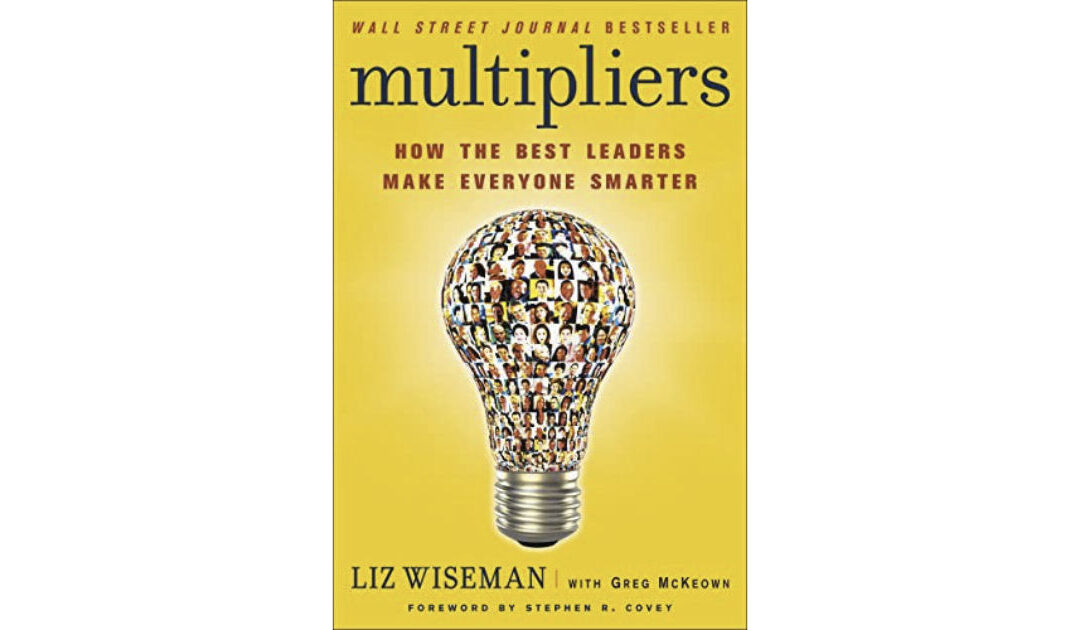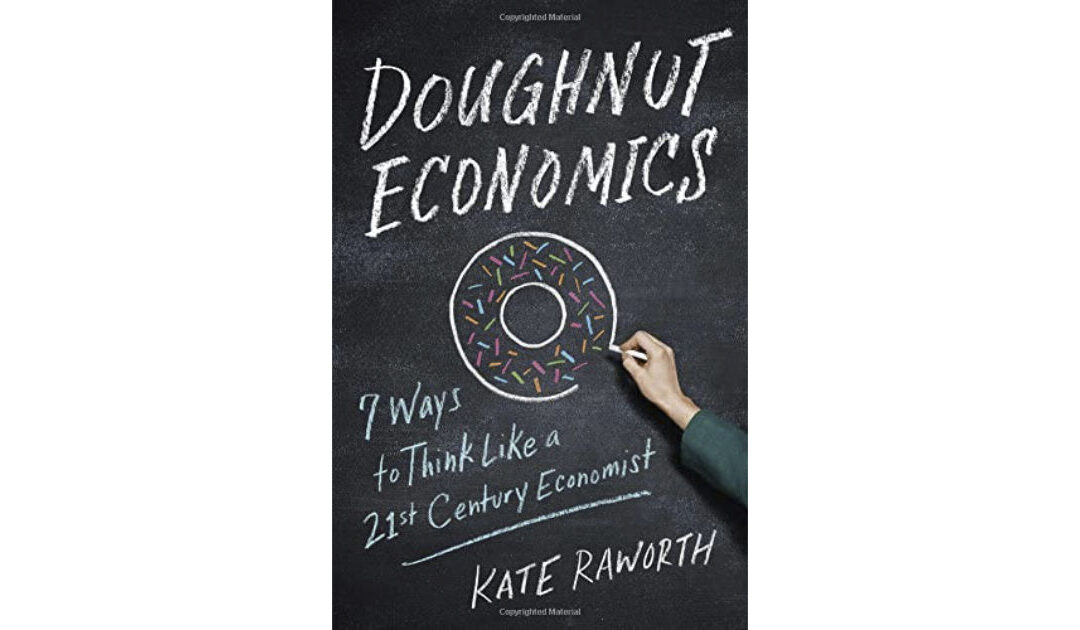Reflections from an immersive table bringing together data professionals and HR.
Employee experience, employer branding, retention and loyalty, attractiveness, Employee Net Promoter Score … Human Resources are gradually adopting the language and techniques of marketing. The use of data on customer behaviour and artificial intelligence have revolutionised marketing. Will the use of data on employee behaviour also fundamentally impact the way in which their needs are addressed within the company? With what intentions?
HR, a Marketer’s Job
The marketing profession has grown tremendously in power over the last 15 years. Data science, anticipating customer behaviour and analysing their habits have revolutionised the marketing profession to make it a personalised tool. They continue to do so today; marketing engages customers in an emotional relationship, measures their commitment and influences their behaviour.
In an employee/employer relationship, approaching the relationship from an emotional angle can be just as relevant as in marketing.
Human Resources management is a profession whose purpose is similar to that of the marketer; to engage and develop the employee in a long-term relationship. However, the sphere of human management in companies is much broader and the pitfalls of manipulation have a potential downside. All the more so as the employee/employer relationship is unfortunately all too often impregnated with a notion of power and power struggles.
A New Field of Possibilities
The technologies and fields of application of automated data analysis are progressing at a rapid pace. Already today, various applications are widely used in companies to monitor and map all behaviours, habits and interactions within the company, to assess the professional and behavioural balance, to provide indications on the level of commitment and stress of employees … This is just by analysing the connections, the content and recipients of e-mails, the business applications used and other information captured on computers, the main working tool of many employees.
The analysis of these masses of data can reveal unexplained or unconscious information, opening up new interpretations. In turn, they allow us to see as facts impressions and emotions to enable us to go beyond what we normally conclude with human common sense. This data can provide each individual employee with information about his or her behaviour and connection to the company and to colleagues. The use of the data by the company can provide management with keys to understanding the drivers of performance and engagement, and can provide insights into how to change the culture of an entire group within the company, without visibility into individual behaviour.
Post-COVID, New Behaviours are Becoming more Widespread
In the post-COVID phase, in a hybrid work environment, we are gradually adopting new ways of working. For some, hybrid working increases efficiency, focus and well-being. But what about our relationships within the organisation, our sense of belonging and our creativity? Do our individual performance gains translate into increased collective performance or are they at the expense of collective performance? Deprived of our social life in the company, is our gain in well-being real or an illusion of selfish comfort?
We are still in the infancy of these new hybrid modes of operation, trying to understand their benefits and drawbacks.
In this context, the exploitation of behavioural data takes on greater significance. This is not only because operating methods are changing (hybrid, task performance based) but also because of the newly expressed priorities of employees. Indeed, well-being is becoming one of the major priorities.
Big brother is watching you
These tools are a great opportunity to track work habits and the use of time by employees. In this context of a hybrid mode of operation, the temptation may be great for some managers to better control their teams. Beware, danger!
In the context of hybrid work, the risk of introducing a command and control system is real for managers who are helpless because they lose control over their teams.
These applications must be at the service of the employee and the group, and everyone must adhere to the purpose being pursued: a purpose that is clear, transparent and well-defined for all stakeholders. Legally, data can only be used for the stated purpose and cannot be used for other purposes. Beyond the legislative framework of the GDPR, the use of behavioural data within the company must be part of a culture of caring and trust, with the aim of identifying problems and possible solutions. If data is used without employees’ knowledge to influence decisions about them, employees may become disengaged and view the organisation as hostile. It is not intended to be used for individual evaluation, recognition or punishment of individuals or groups.
“DATA IS POWER”, an asset if the power refers to individual and collective interest, a threat if this power is used for personal purposes, harmful to employees or to the collective
All stakeholders (legal department, HR, data analysts, employees, management team, trade unions, etc.) have a role to play in building a culture based on the use of this type of data. This requires a gradual process of awareness raising and education. It’s about gradually building a corporate culture based on data and how to use it. It is through debate and by crossing different perspectives that everyone can improve their understanding of the value creation and inherent risks in such an approach.
Rational, Emotional and Artificial Intelligence, what Balance?
While we sense the positive role of behavioural data analysis in a caring relationship between employer and employee for better performance and well-being, we also see the potential for abuse. Our case for taking data as a matter of course is still fragile.
We may turn every situation upside down, but our human sense whispers to us that our emotional intelligence should be able to detect and suggest what these algorithms will tell us
We are therefore tempted to adopt a ‘retreat position’ and trust our emotional intelligence without accepting the limitations that result from our relative maturity. What actions should be taken to take advantage of advances in data science in the field of human resources without creating a system of alienation of employees in a world governed by artificial intelligence algorithms whose purpose and logic are sometimes unclear.
Convinced?
Is it desirable, as in marketing, to promote the use of behavioural data in companies to influence employee behaviour? The value creation/risk equation needs to be analysed in detail.
In all cases, evangelisation and pilot projects are necessary to demystify the approach and demonstrate the purpose of data exploitation. The pilot is aimed at a needy, voluntary population with a well-defined problem.
In view of the risks of abuse or unhealthy use, few human management professionals in companies are, at this stage, overly enthusiastic about these tools. Partly because of scepticism about the value creation, partly because of the danger that the use of this data represents.
These new opportunities put emotional intelligence and human relations in business back at the centre of the debate.
Human Resources has been promoting objectivity and resource modelling to manage the strengths of our organisations and bypass the biases of human intelligence
Beyond introducing artificial intelligence tools to modify our behaviour, we must value our human intelligence, which has been denied for too long. The benefits of data analysis tools cannot materialise without a deeper awareness of their impact on individuals and organisations through human and collective personal development work.
Let’s take the time to discuss the subject and feel really comfortable to venture down this path.

